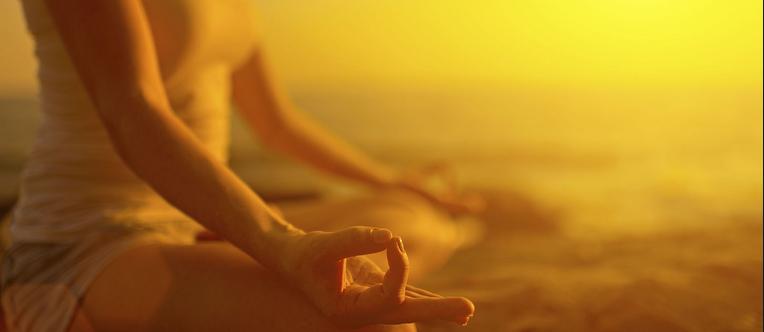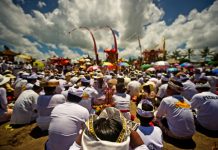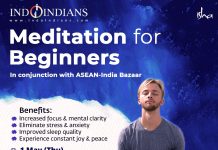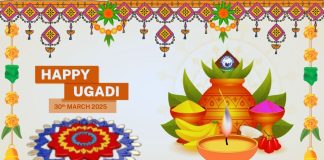In continuation of Pranayama – Increasing the Vital Force (Part 1)
Correct breathing is one of the most effective ways to harness energies for effective development of physique and psyche. Yoga separates itself from other form of exercises mainly because of the breathing attached to each movement. Pranayama completes the yogasana practice enhancing the boundaries of an individual.
Before we begin with the techniques there are few general notes that has to be kept in consideration. In traditional texts there are innumerable rules and regulations but the main points are as below:
- Contra- indications: Pranayama shouldn’t be practiced during any kind of illness.
- Time of Practice: The best time to practice pranayama is at dawn, when the body is fresh. Tranquillizing pranayamas may be performed before sleep.
- Bathing: Take bath/shower or at least wash face, hands and feet before the practice. Do not take a bath at least for the next half an hour after the practice to allow the body to normalize the temperature.
- Clothes: Loose, comfortable clothing made of natural fiber.
- Empty stomach: Practice before eating in the morning or wait at least 3-4 after a meal.
- Diet: A balanced diet of protein, carbs, fats and vitamins with some dairy products is recommended.
- Sequence: Pranayama should be practiced after asanas and before meditation.
- Sitting position: A comfortable, sustainable meditation posture is necessary to enable efficient breathing. Assure to have a straight back.
- Avoid strain: With all Pranayama practices, it is important to remember that do not try to increase your capacity too fast.
- Side effects: Various symptoms may manifest in normally healthy people. They are caused by process of purification and the expulsion of toxins
**For those who wish to take up advanced pranayama practices, the guidance of Guru or competent teacher is essential.
Nadi Shodhana Pranayama (Alternate Nostril Breathing)
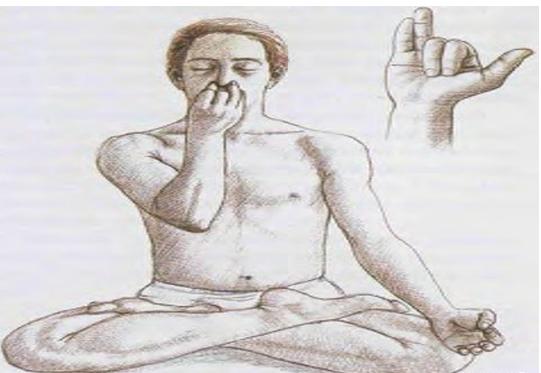
Instructions:
- Sit in any comfortable cross legged positon keeping the back straight.
- Take Vishnu Mudra with your right hand (as shown in the picture above)
- Relax the whole body and close the eyes.
- Close the right nostril with thumb and inhale with left nostril. Breathe deeply without strain.
- Close left nostril with ring finger and release the pressure of thumb on right nostril.
- The time of inhalation and exhalation should be equal (1:1 Ratio).
- Practice 5-10 rounds.
- This pranayama can also be practiced before sleep for those suffering from insomnia
Bhramri Pranayama (Humming Bee Breath)
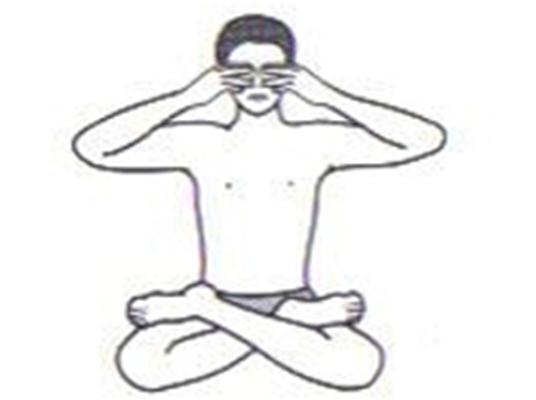
Instructions:
- Sit in any comfortable meditation posture.
- Close the eyes and relax the whole body.
- Raise the arms sideways and bend the elbows, bringing the hands near to the ears.
- Close the tragus with thumb and keep the other four figures on your face, first two covering the eye-brows and eye respectively and other two near or below nose and near lips respectively.
- Inhale through the nose and exhale slowly and in controlled manner while making a deep, steady and humming sound like that of a bee.
- Repeat 3-5 times.
- This can also be practiced before bed time.
- Very beneficial for students as it helps in activating nerves in the brain increasing memory and concentration.
Ujjayi Pranayama:
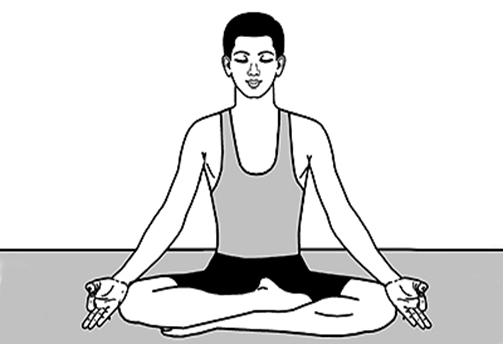
Instructions:
- Sit in any comfortable meditation posture.
- Close the eyes and relax the whole body.
- Take awareness of the breath and allow the breath to become calm and rhythmic.
- Now transfer the awareness to the throat.
- Feel or imagine that the breath is drawn in and out through the throat and not through the nostrils, as if taking place through small hole in the throat.
- As the breathing becomes slower and deeper, gently contract the glottis so that a soft snoring sound, like the breathing of a sleeping baby, is produced in the throat.
- The sound should be audible to the practitioner alone.
- Begin with 10 breaths.
The above 3 are calming pranayamas and can be practiced by any one above 7 years of age.
Regular practice of Pranayama, calms the mind, reduces stress, keeps blood pressure and sugar levels under control, balances the hormone level and acts as an anti-aging therapy. 🙂

